There are times when you may need to find a cinnamon substitute, either due to an allergy, personal preferences, or simply because you're out of this spice. Here are some common substitutes for cinnamon.
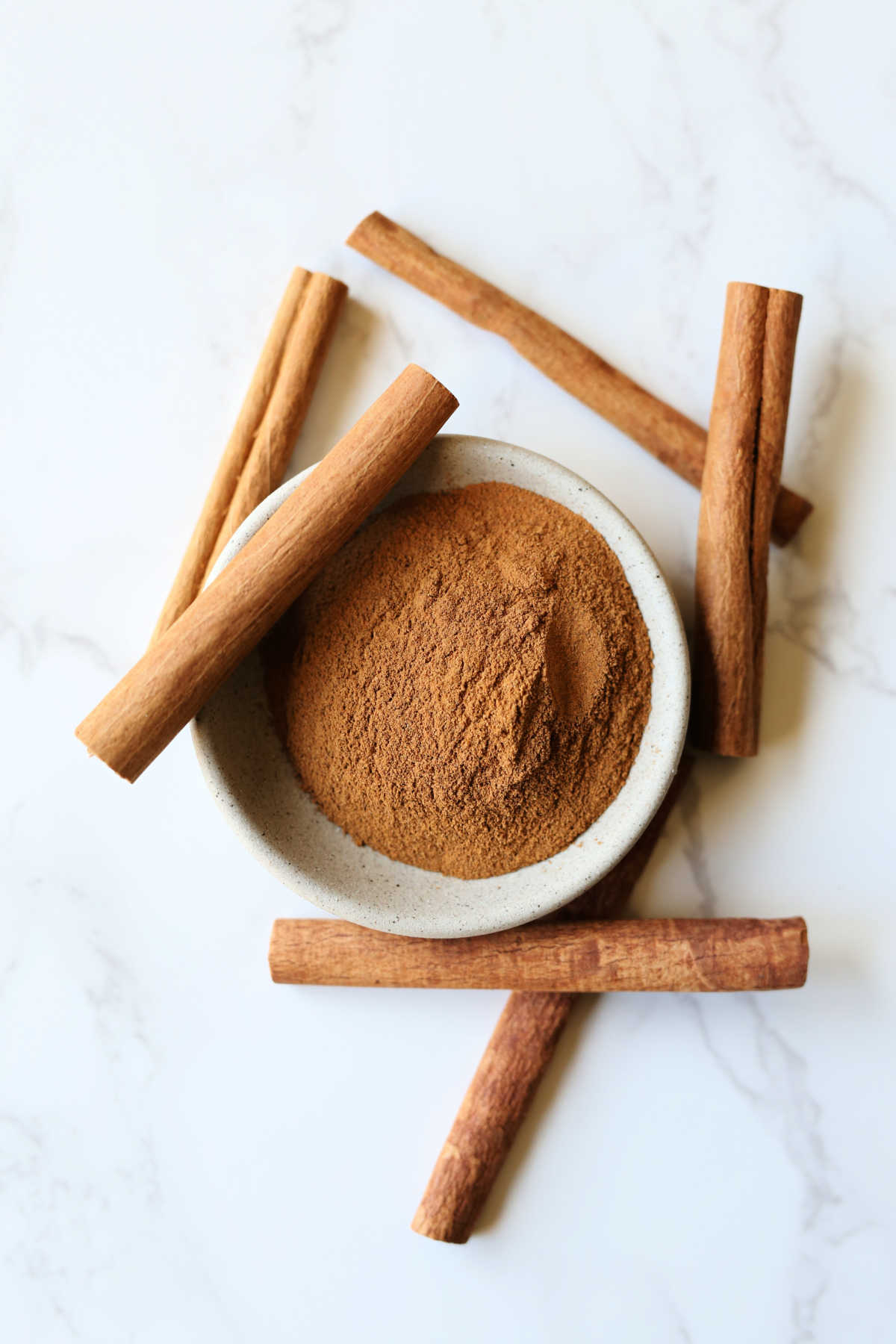
Have you been in the middle of baking gluten-free pumpkin bread or an apple pie filling and realize you are out of cinnamon? You are not alone, so let's get right into what cinnamon is and a cinnamon substitute you can use instead. Here are the best cinnamon alternatives for baking and how to use them in your recipes.
Jump to:
Cinnamon
Cinnamon refers to the spice obtained from the inner bark of several tree species belonging to the genus Cinnamomum. The most common types of cinnamon are Ceylon cinnamon (Cinnamomum verum or "true cinnamon") and Cassia cinnamon (Cinnamomum cassia). These trees are native to regions such as Sri Lanka, India, Indonesia, and other parts of Southeast Asia.
Cinnamon has been used for centuries in various cultures for culinary, medicinal, and aromatic purposes. It has a warm and sweet flavor profile and is often used in both sweet and savory dishes. Additionally, cinnamon is known for its potential health benefits, including antioxidant properties and anti-inflammatory effects.
In addition to its culinary uses, cinnamon is also popular as a spice in various beverages, such as chai tea, apple cider, and mulled wine, and is often used in baking this gluten-free banana bread, desserts like apple pie filling, snickerdoodle cookies, and breakfast dishes. It is available in ground form or in the form of cinnamon sticks, which can be used whole or ground.
Cinnamon Substitute
- Nutmeg: Nutmeg has a warm and slightly sweet flavor, making it a good alternative to cinnamon. Use it in smaller quantities, as its flavor can be intense.
- Allspice: Allspice is a spice that comes from the dried berries (like that used in elderberry syrup) of the Pimenta dioica plant. It has a flavor profile that combines cinnamon, cloves, and nutmeg, making it a versatile substitute.
- Cloves: Cloves have a strong, pungent flavor with a hint of sweetness. Use them sparingly, as their taste can be overpowering.
- Cardamom: Cardamom has a unique and aromatic flavor that can be used as a substitute for cinnamon, especially in baked goods. Ground cardamom is more common in recipes, but you can also use the seeds for a stronger flavor.
- Ginger: Ground ginger can add warmth and a hint of spiciness to your dishes like ginger vegetable soup, making it a suitable substitute for cinnamon, particularly in savory recipes.
- Pumpkin Pie Spice: This is a blend is warm spicy-sweet flavors of cinnamon, nutmeg, ginger, and cloves and traditionally can be used in gluten-free pumpkin pie in place of the individual ingredients. It can be a convenient substitute for cinnamon in recipes, especially those with a fall or holiday flavor profile.
- Vanilla: While not a direct replacement for cinnamon, vanilla extract can add a sweet and aromatic quality to your dishes. Combine it with other warm spices for a well-rounded flavor.
When substituting, it's essential to consider the flavor profile of the dish and adjust the quantity accordingly, as these alternatives may have different intensities. Experimenting with small amounts first is a good practice to ensure the desired taste.
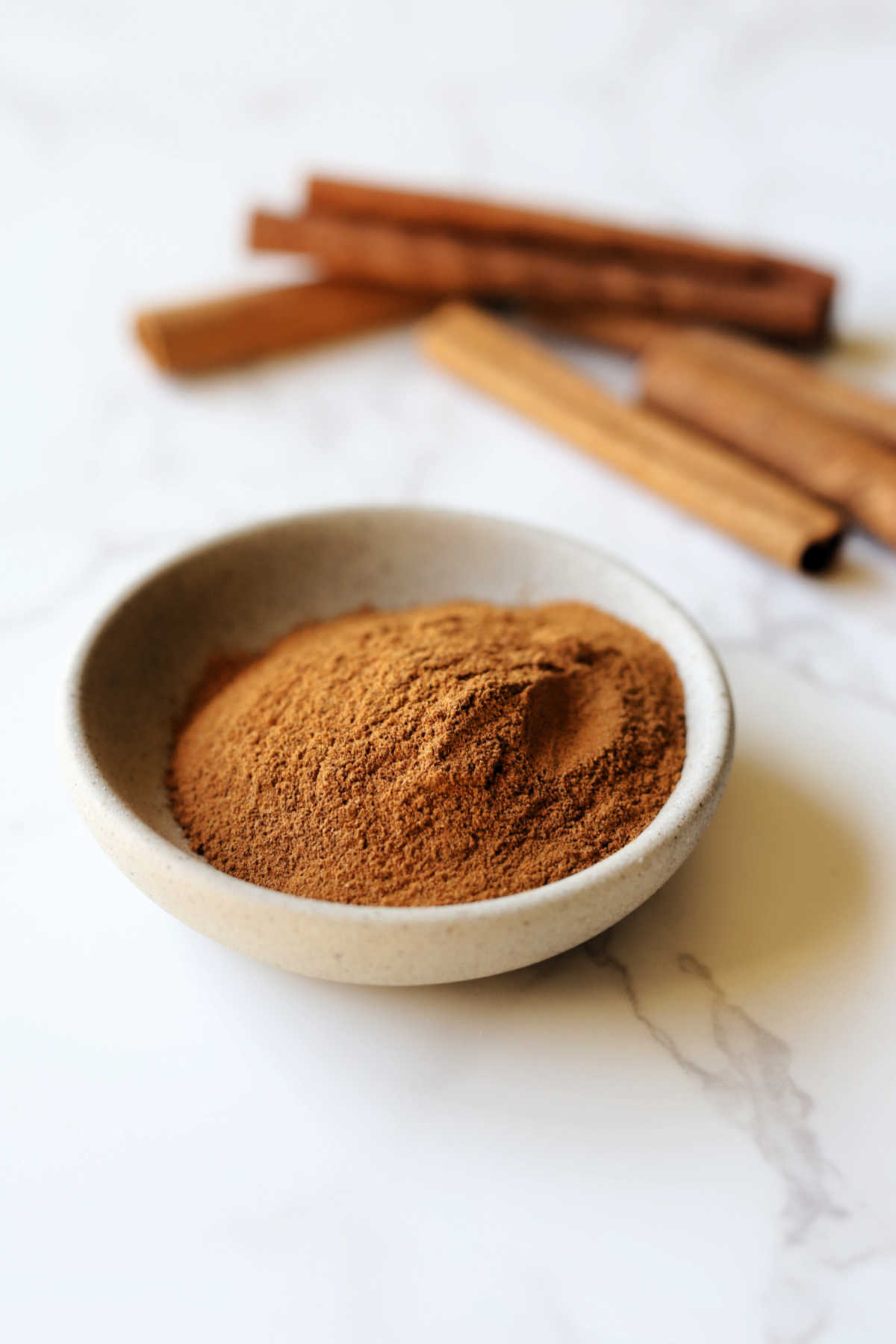
Substitute for cinnamon stick
Cloves make a great alternative to cinnamon stick as they have a strong and slightly sweet flavor. If used sparingly, they can provide a warm and aromatic quality similar to cinnamon. Another great option are Cardamom Pods. Crush cardamom pods and add them to your recipe for a warm and slightly citrusy flavor. This works well in both sweet and savory dishes.
Substitute for cinnamon in baking
The best cinnamon substitute in baking recipes, like apple crisps and chai muffins, depends on the specific flavor profile you're looking to achieve. Nutmeg, cloves, and allspice make great options in baking.
Cinnamon FAQs
If a recipe calls for a cinnamon stick, and you need to substitute it with ground cinnamon, here's a simple guideline: 1 cinnamon stick or quill = ½ to 1 teaspoon ground cinnamon. Start with the lower end of the substitution range (½ teaspoon per stick) and taste the dish.
Ground cinnamon and cinnamon sticks come from the same source, the bark of cinnamon trees, but they are not exactly the same. The main difference lies in their form and how they are used in cooking.
Ground Cinnamon: Fine powder that blends seamlessly into recipes.
Cinnamon Sticks: Provide a coarser texture and are often removed before serving.
Brown sugar and cinnamon serve different purposes in recipes, and they have distinct flavors. While they are both commonly used in baking, they are not direct substitutes for each other.
More substitutes in cooking and baking
I hope you enjoy this article on the best cinnamon substitutes! Follow along with me on Instagram, Pinterest, Facebook, YouTube and Twitter for a feature and more recipe inspiration! And don't forget to rate the recipe in the recipe area and leave a comment below!

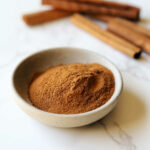
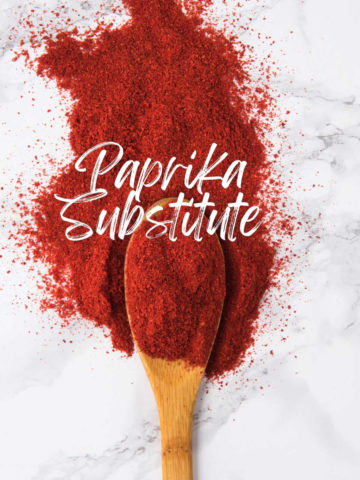
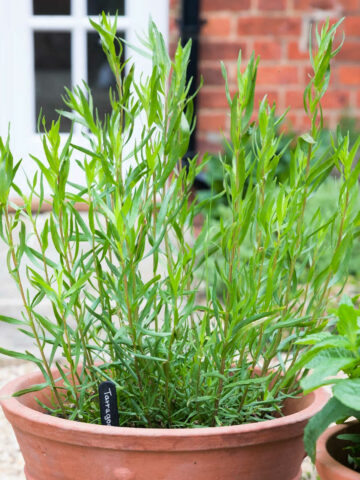

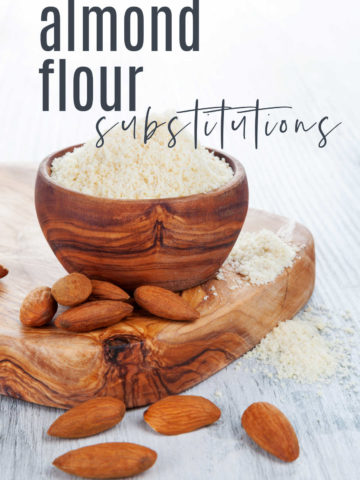
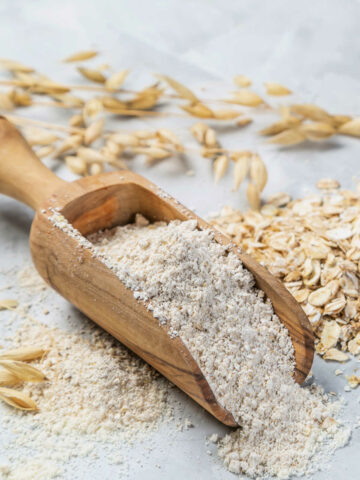
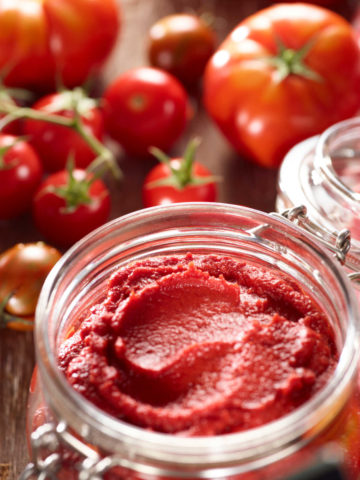
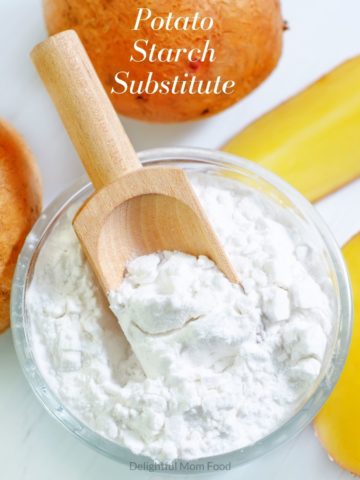

Leave a Reply